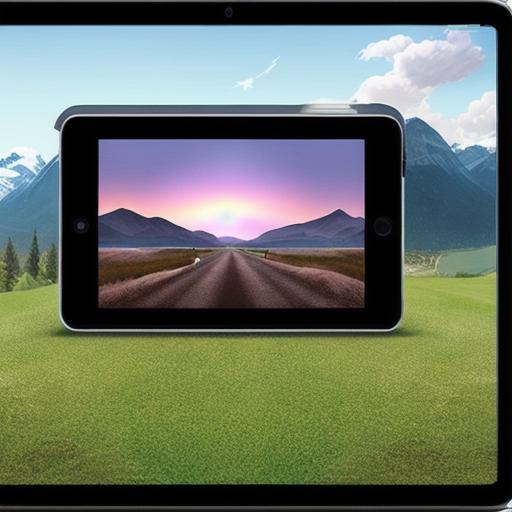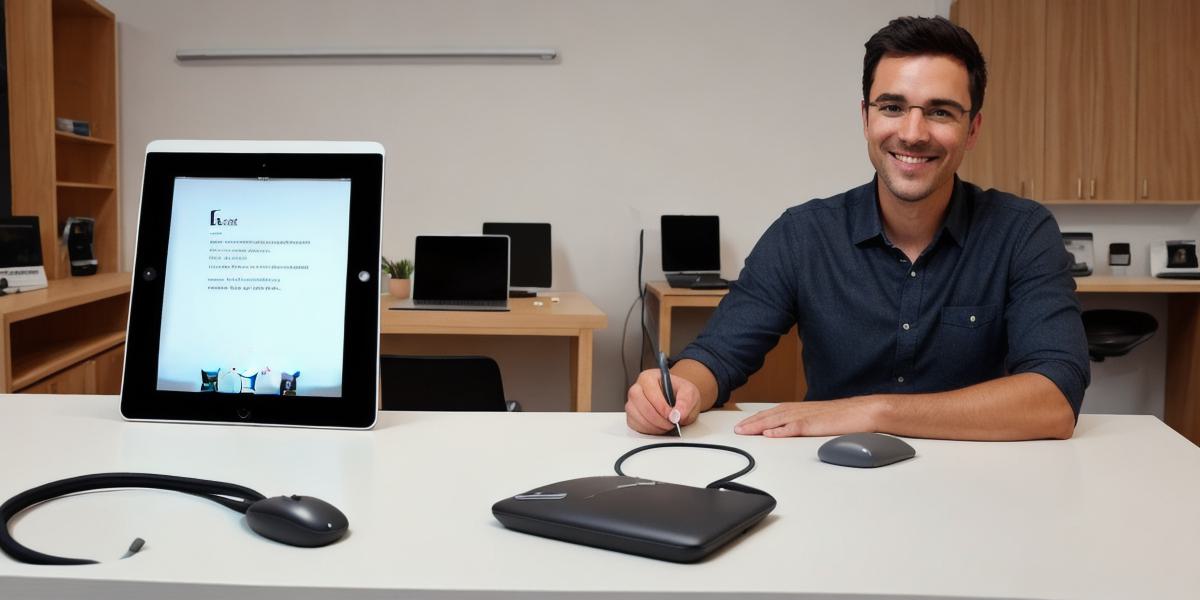Introduction:
Game development is a rapidly growing industry, with mobile gaming being one of its most popular subgenres. With the widespread adoption of tablets, many developers are turning to these devices to create engaging and interactive games for players on-the-go. In this article, we will explore how to start game development on your iPad, including the tools and resources you need to get started, as well as some best practices to help ensure success in this exciting field.
I. The Benefits of Game Development on an iPad

Before diving into the technical aspects of starting game development on your iPad, it’s important to understand the benefits of doing so. Here are a few key reasons why you might want to consider this as a viable option:
- Accessibility: One of the biggest advantages of developing games for mobile devices is their portability and accessibility. With an iPad, you can easily create games that players can enjoy wherever they go, whether it’s on the couch at home or during a commute to work.
- Cost-effective: Developing games for iOS devices can be more cost-effective than other platforms, thanks to the availability of free and low-cost development tools and resources. Additionally, the lower hardware requirements for running mobile games mean you don’t need as expensive equipment to get started.
- Large audience: The iOS App Store is home to millions of users, providing a vast potential audience for your game. With the right marketing strategy and optimization techniques, you can reach a wide range of players from around the world.
II. Getting Started with Game Development on an iPad
Now that we’ve covered some of the key benefits let’s dive into the technical aspects of getting started with game development on your iPad. Here are the steps you need to follow:
- Choose a development platform: The first step in any game development process is choosing the right development platform. There are several options available for iPad game development, including Unity, Unreal Engine, and Xcode. Each of these platforms has its own unique features and capabilities, so it’s important to choose one that fits your needs and skill level.
- Download and install development tools: Once you’ve chosen a development platform, you’ll need to download the appropriate development tools for your operating system. For example, Unity has a desktop application that runs on Windows or Mac, while Xcode is exclusively available for macOS.
- Learn game development basics: Before you can start creating games, you’ll need to learn the basic principles of game development. This includes things like game design, programming, and art assets. There are many online resources available that can help you get started, including tutorials, courses, and forums.
- Create your first game: With the tools and knowledge in hand, you’re now ready to start creating your first game. This will involve designing the gameplay mechanics, creating art assets, and coding the game logic. It’s important to keep your target audience in mind when designing your game, and to test it thoroughly before submitting it to the app store.
- Publish your game: Once you’re happy with your game, you can publish it to the iOS App Store. This will involve creating an account on the Apple Developer website, uploading your game files, and setting the appropriate pricing and distribution options. With a little marketing effort, you can reach a wide audience and generate revenue from your game.
III. Best Practices for Game Development on an iPad
Now that we’ve covered the basics of getting started with game development on an iPad, let’s take a look at some best practices to help ensure success:
- Keep it simple: One of the biggest mistakes developers make when creating mobile games is trying to cram too much content or complexity into their game. It’s important to keep things simple and easy to understand, especially for new players.
- Optimize your game: Optimizing your game for performance and usability is crucial for ensuring a smooth and enjoyable gaming experience. This includes optimizing art assets, minimizing load times, and testing your game on a variety of devices to ensure compatibility.
- Use analytics: Analytics tools can help you track player behavior and identify areas where your game could be improved.
